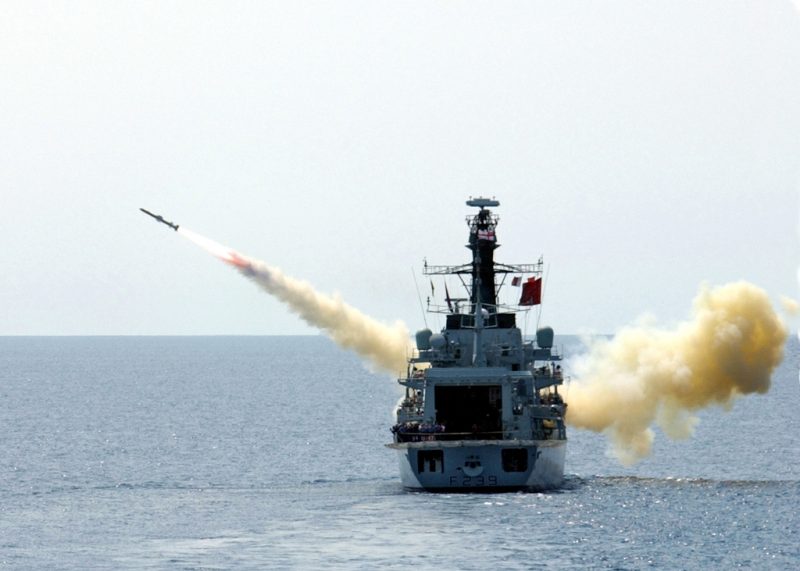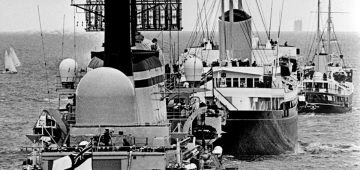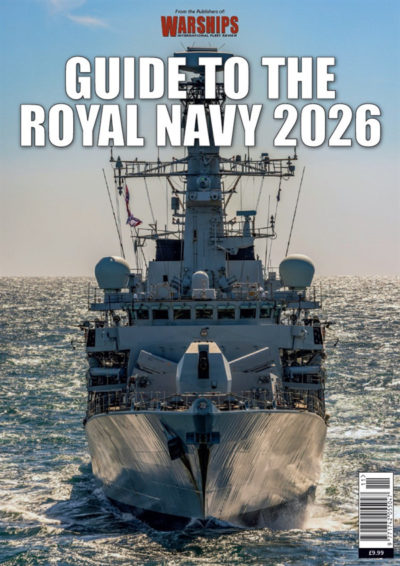The First Sea Lord in a rallying call to the Navy and the nation asks that the Royal Navy should be judged on action not commentary (by which he means analysis of the fleet’s current condition not generated by the Service itself or the Ministry of Defence). Well, as one of the principal commentators on the UK naval scene – someone who loves the RN and understands completely its importance to the security and prosperity of the nation – Odin says let’s hope that the Navy is not soon judged in action. For, across a series of defence cuts, culminating in the disastrous SDSR 2010, decisions have been taken to balance the books regardless of the need to maintain Britain’s defence.
The Navy is in dire straits and it is only due to apathy or ignorance of naval matters by the majority of newspapers and other media organisations that the damage has been done without much interest beyond the naval community. Those chickens are coming home to roost and even media organisations with, shall we say, no Naval Intellect at all are realising something is seriously wrong.
Some of the recent headlines about the state of the RN were kicked off by a disclosure that the Harpoon Surface-to-Surface Missile (SSM) is being phased out. Apparently, with Harpoon reaching the end of its life, the Navy is only now exploring ‘the advanced technologies that will take its place’.
Other nations might buy in a stopgap weapon, but not Britain. The lack of a SSM is a serious capability gap likely to last up to a decade. Worse, helicopter-launched Sea Skua missiles are also going out of service soon. The replacement Sea Venom missile will not arrive until late 2020 and has a shorter range than its predecessor. This missile gap further exacerbates the fleet’s aviation deficiencies, which will not be filled by the new Queen Elizabeth Class carriers operating the F-35B Lightning fighters until sometime at the end of this decade.
Layers of protection designed to hold an enemy off at a survivable distance have over the past decade been stripped away at a time when truly terrifying missile systems of potential foes are multiplying. The condition of the workhorse destroyer and frigate force is not good either, as the House of Commons Defence Committee (HCDC) has pointed out. While the RN’s six Daring Class (Type 45) destroyers are about to undergo a major refit of their engines – and we have to ask why this work is not a more urgent priority – the MoD is simultaneously straining to replace 13 existing Type 23 frigates with eight Global Combat Ships (Type 26 frigates) and at least five new Type 31 General Purpose Frigates.
The HCDC suspects money is being switched between these programmes. Peter is being robbed to pay Paul and the result is that neither is making the progress it should. Much emphasis is placed on the new Type 31, which sometime in the 2030s might replace the last of the Type 23s but if progress is as sluggish as the Type 26, in even getting the requirements fixed, do not hold your breath.
The Type 31 is supposed to be a modular design, a template warship enabling a greater number of basic hulls to enter service, with additional so-called plug-and-play capacity being added incrementally at later stages. The Type 31 is said to be comparable to the Danish Iver Huitfeldt Class frigates, whose hulls were built in Eastern Europe and towed to Denmark for fitting out (for a unit cost of about US $350 million).
If British industry could emulate this, the MoD could afford more ships. There was, after all, a time when Type 23 frigates were ordered in sufficient numbers to build them for around £120m per ship. But the UK has lost the ability to build major warships in time, on budget and in quantity yet it is a skill the Russians seems to be acquiring quite rapidly.
Admittedly, their Lords of the Admiralty have been worrying about Britain’s shipbuilding capacity for centuries. The Earl of Sandwich was most vexed about it in the 18th Century, Admirals Beatty and Chatfield worried about it in the interwar years of the 1920/30s and great minds fretted over it during the Cold War.
On previous occasions the problems within Britain’s national shipbuilding capacity have only been overcome with the onset of war suddenly giving everything a kick in the pants. Today, deep within the Department for Business, Energy and Industrial Strategy (DEBEIS, the former DTI), shipbuilding is considered a legacy industry, a potential centre of trade’s union power and a capacity that should therefore be allowed to die.

This is a wrong attitude and not suited to our times when, apart from restoring the nation’s defences, warship construction could be a major boost to UK industry post-Brexit. Meanwhile, the First Sea Lord is right to be upbeat, indeed he has a duty to be so. The government has a duty to provide him with the resources to rebuild the Royal Navy.
Despite the boasts by government ministers, the UK is still devoting minimal resources to Defence that fall far short of what is necessary. If Britain really were devoting two per cent of GDP to defence – the NATO minimum target for defence spending by each member nation – and it was not being diluted by all sorts of ancillary, non-defence matters, it is difficult to see how there could not be sufficient funds to rebuild the Navy from the parlous state into which it has fallen.
Britain’s dependence on international trade has not lessened, while the world is more dangerous and uncertain than it has been since the Cold War – perhaps since the end of WW2. Almost every regional navy today possesses powerfully armed ships, while Moscow is resurgent and now raising the ante in the Kuriles, the Baltic and in the Mediterranean with missile diplomacy.
The Bear is showing that it is still red in tooth and claw. Russia is building a formidable new navy today, not issuing reassurances about a better future fleet and merely investigating what technologies it might field.
There are promises of a better Royal Navy by the 2030s and an end to ‘managed contraction’, so says the First Sea Lord, but look at how much the world has changed since the Arab Spring and the annexation of Crimea, a mere five years.
How can promises of a better navy at minimum 14 years from now be adequate? We don’t blame the First Sea Lord in this respect – he is doing his best to manage the mess and here we have only touched on some of the main issues. There are many other problems piled up on his in-tray.
The New Navy – or rather a better fighting fleet – is an Urgent Operational Requirement right now, as British naval weakness can only further encourage Russian aggression and adventurism.
Radical solutions for more ships, submarines and people – to also operate the ships already in service, in mothballs or about to be commissioned – are needed immediately. Promises of jam tomorrow are no good when the Royal Navy has been reduced to Just About Managing (to borrow a phrase popular in Mrs May’s government).
Odin wishes the First Sea Lord a fair wind in his ambition for a larger and better Navy that can deter the UK’s enemies, protect its people and promote prosperity in these uncertain times. If two per cent of GDP on Defence is not enough to provide the people and the equipment necessary, then surely, to borrow a phrase from the chairman of the HCDC, the UK needs three [per cent] to keep it free and secure?
Pictured Feature:
Four years ago, before power generation problems were revealed, the Royal Navy Daring Class (Type 45) destroyer HMS Daring transits the Arabian Gulf with the US Navy aircraft carrier USS Carl Vinson. Photo: US Navy.








Comments
Sorry, comments are closed for this item